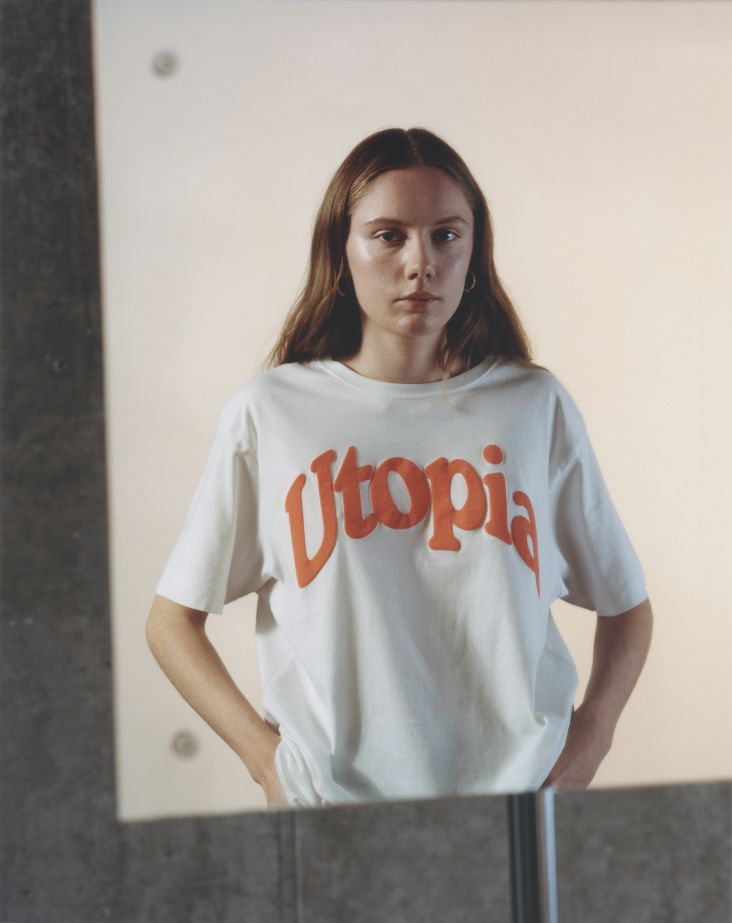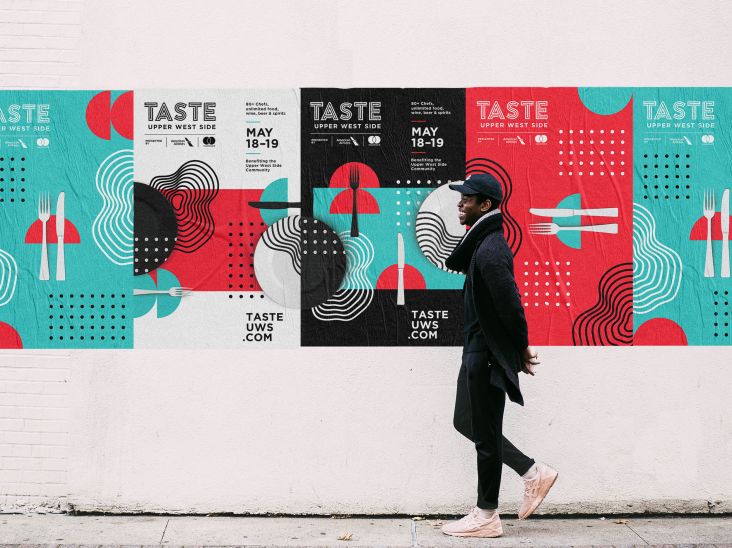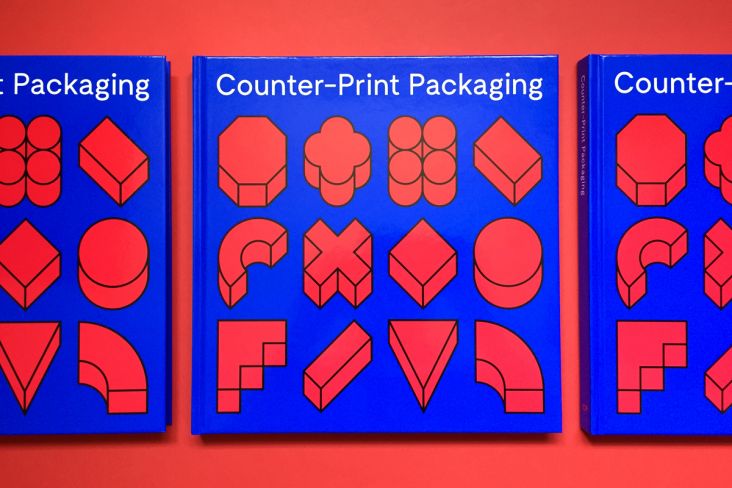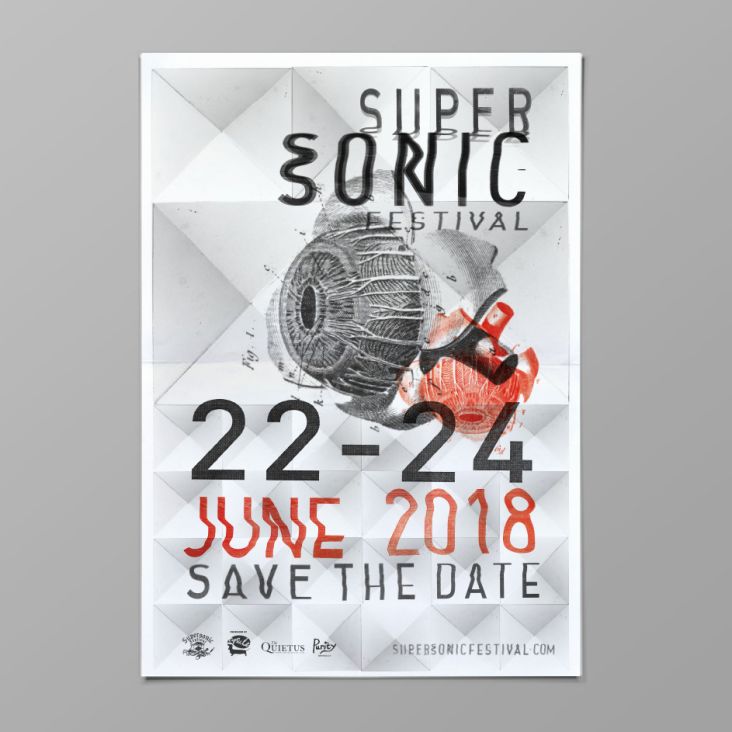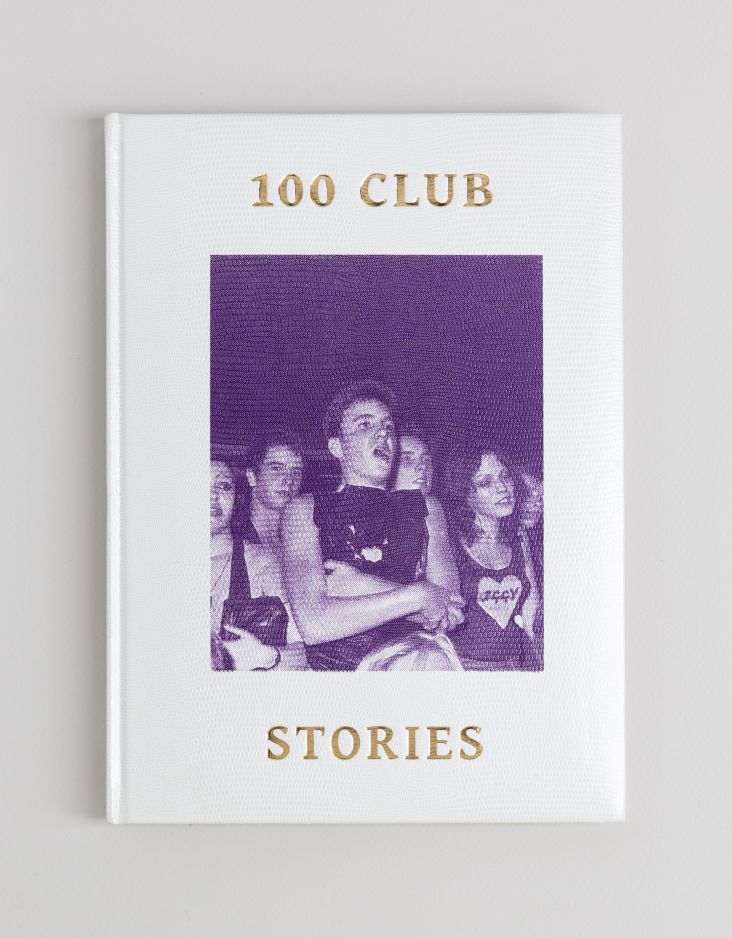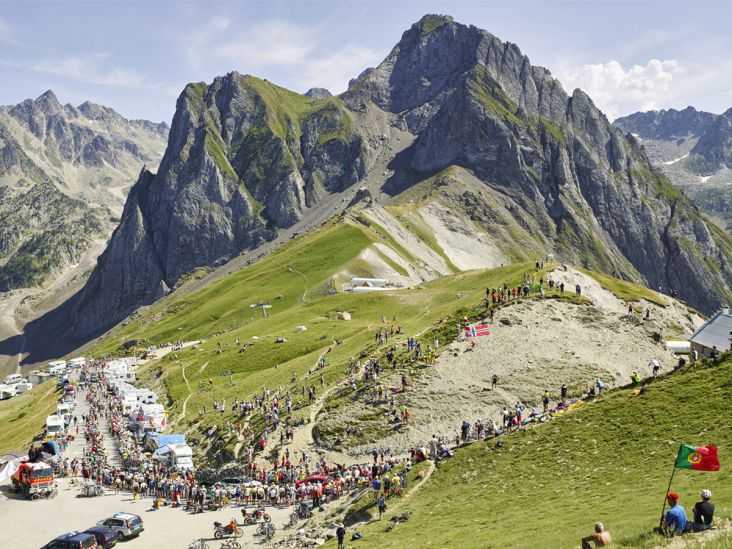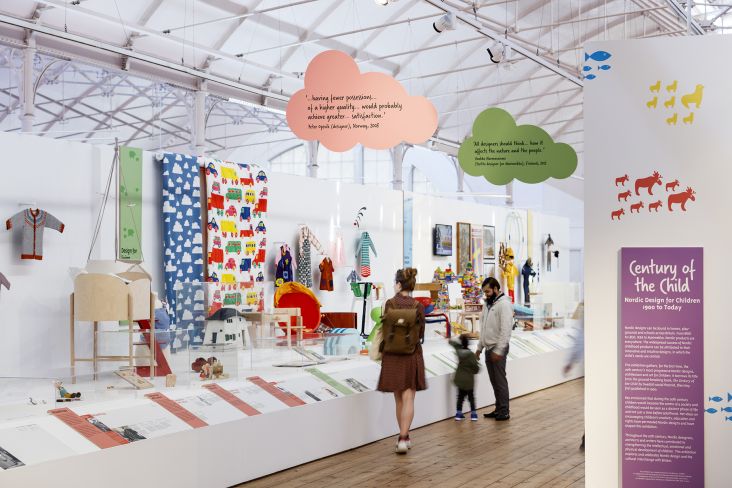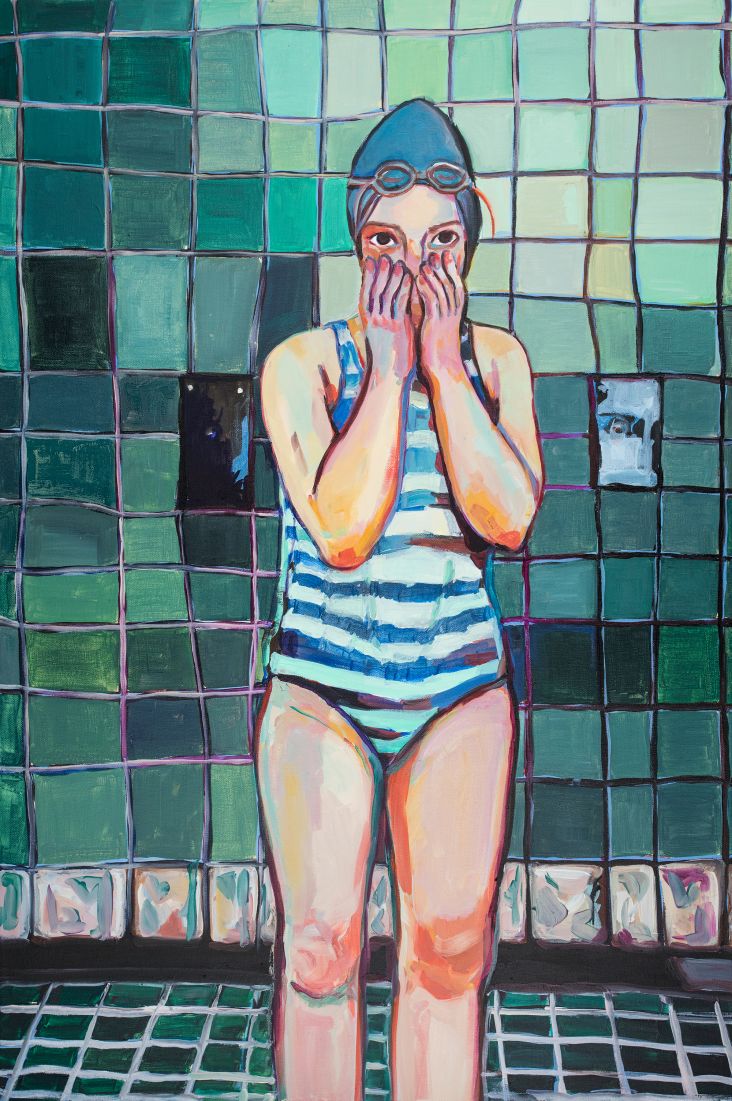Inside North Korea: discover pastel dreams behind closed doors in a 'socialist fairyland'
"Kim Jong Un is deadly serious about transforming the Hermit Kingdom into a pastel-coloured fantasy world," remarked Oliver Wainwright. And he isn't wrong. The Guardian journalist and photographer has launched a new book entitled Inside North Korea, taking us on an architectural journey behind closed doors in the world's most secretive country.
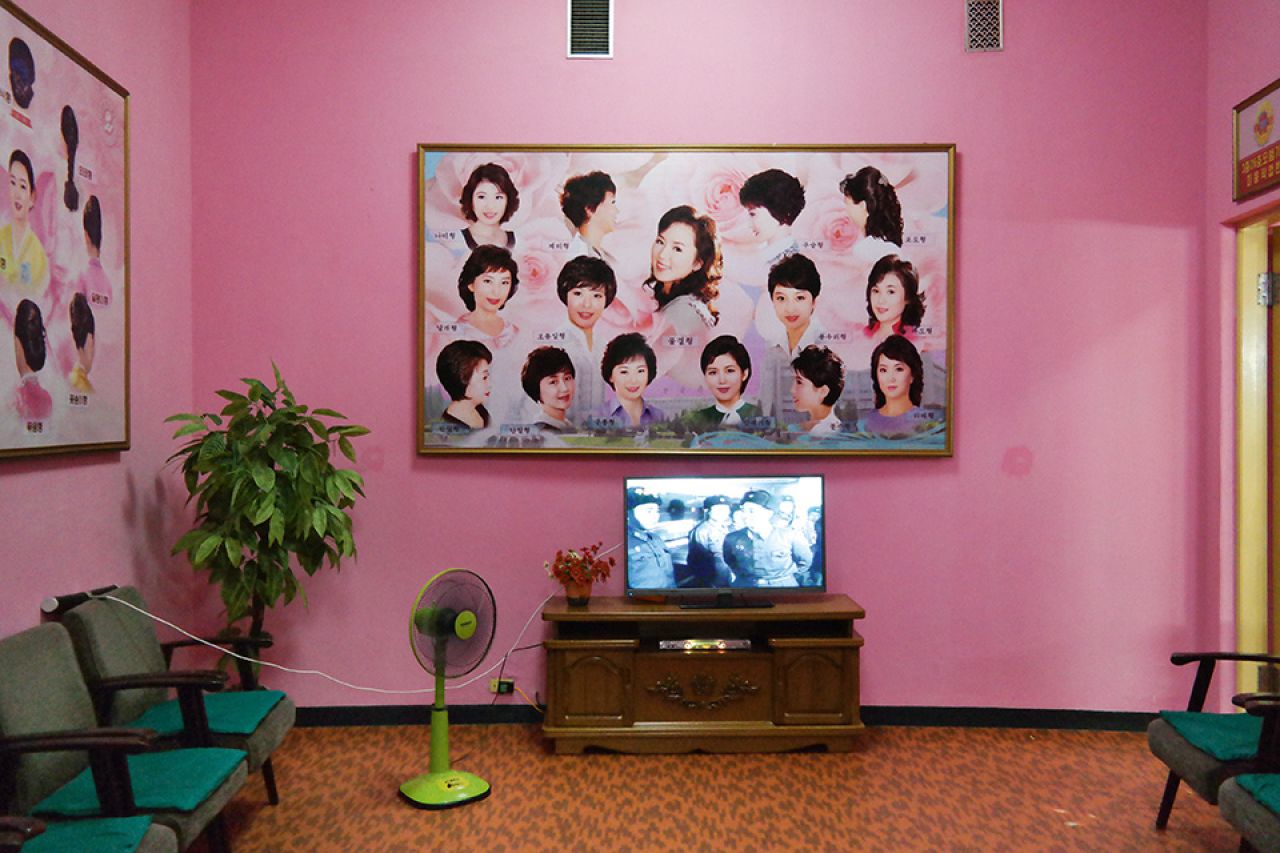
Changgwang Health and Recreation Complex Copyright: © Oliver Wainwright
Erased by bombing during the Korean War, North Korea’s trophy capital of Pyongyang was entirely rebuilt from scratch from 1953, in line with the vision of the nation’s founder, Kim Il Sung. Designed as an imposing stage set, it is a place of grand axial boulevards linking gargantuan monuments, lined with stately piles of distinctly Korean flavour, to be "national in form and socialist in content".
Under the present leader, Kim Jong Un, construction has ramped up apace. "Let us turn the whole country into a socialist fairyland," declares one of his official patriotic slogans. He is rapidly transforming Pyongyang into a playground, conjuring a flimsy fantasy of prosperity and using architecture as a powerful anaesthetic, numbing the population from the stark reality of his authoritarian regime.
Wainwright's book takes us on an eye-opening tour behind closed doors, revealing that past the grand stone façades lie lavish wonder-worlds of marble and mosaic, coffered ceilings, and crystal chandeliers, along with new interiors in dazzling colour palettes. Discover the palatial reading rooms of the Grand People’s Study House, and peer inside the locker rooms of the recently renovated Rungrado May Day Stadium, ready to host a FIFA World Cup that will never come.
This collection features about 200 photographs with insightful captions, as well as an introductory essay where Wainwright charts the history and development of Pyongyang, explaining how the architecture and interiors embody the national "Juche" ideology and questioning what the future holds for the architectural ambitions of this enigmatic country.
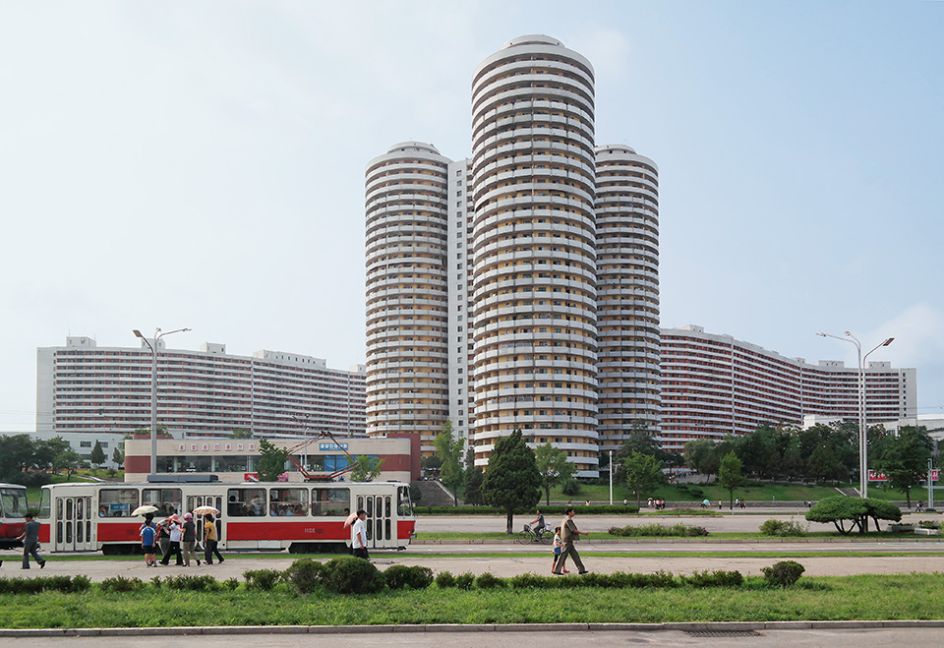
Cylindrical apartment towers for the Pyongyang elite line down the 4km- long avenue of Kwangbok Street, a ceremonial boulevard built for the 1989 World Festival of Youth and Students. As Kim Jong Il wrote approvingly: "In the formation of Kwangbok Street, a large variety of shapes, such as cylinders, windmills, polygons, the letter S and steps, were adopted for apartment blocks. [...] The arrangement of buildings on straight lines along the main street is an outmoded method." Copyright: © Oliver Wainwright
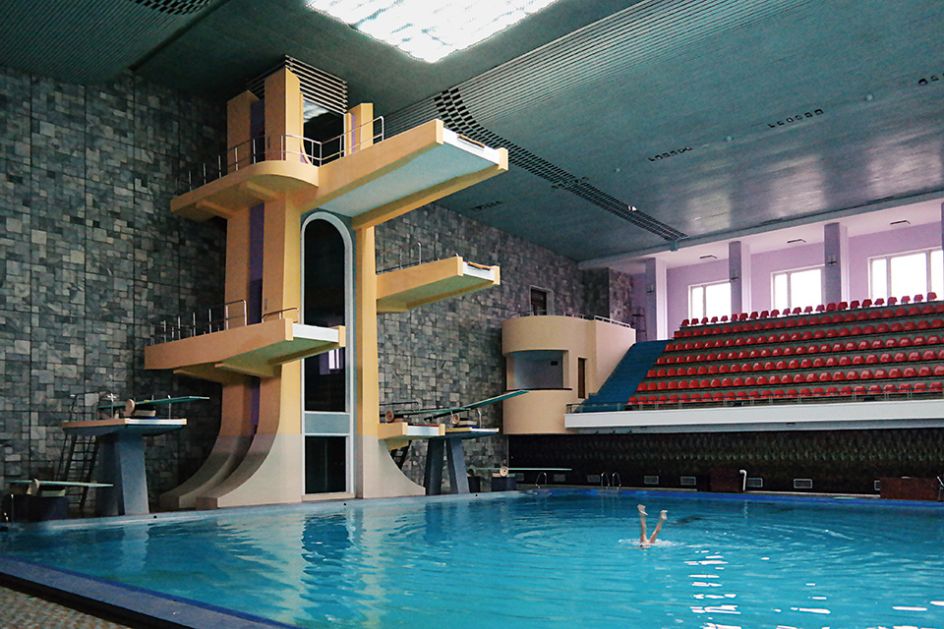
The Changgwang Health and Recreation Complex was the city’s flagship health centre when it opened in 1980. Covering an area of almost 40,000 square metres, it contains a sauna, bathhouse, swimming pools and hair salons – where customers can choose from a range of officially sanctioned haircuts. In a futuristic touch, the diving boards are reached by a mechanical elevator in a shaft faced with smoked glass. Copyright: © Oliver Wainwright
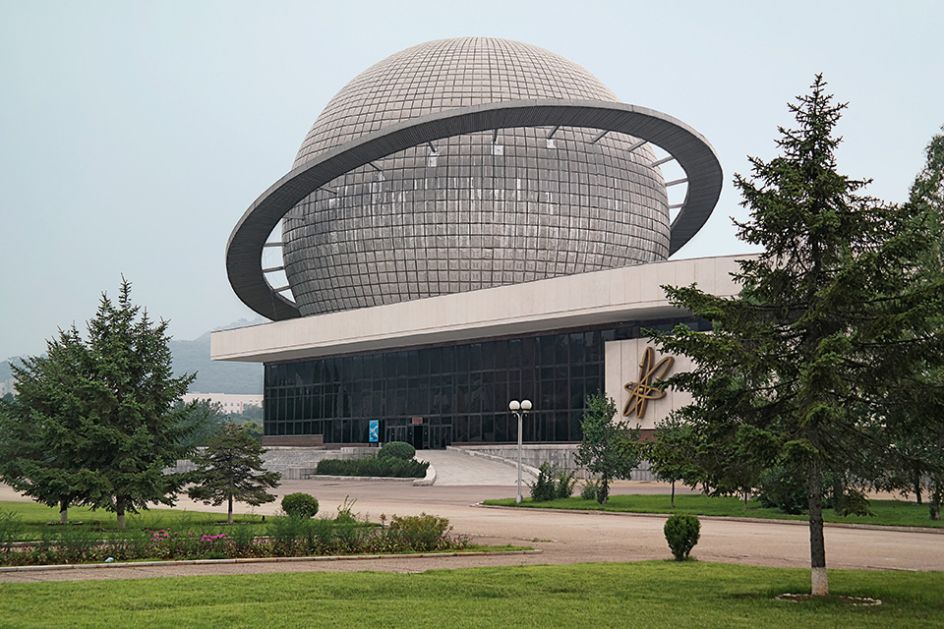
The planetarium forms part of the Three Revolutions Exhibition park, a grand expo campus built in 1992 to showcase the ideological, technological and cultural achievements of North Korea, from heavy industry and mining to agriculture and electronics. The Three Revolutions movement started in 1973, when Party activists went around the country campaigning "to raise the ideological level of the people, equip the economy with modern techniques and to lift the people’s technological and cultural level." Copyright: © Oliver Wainwright
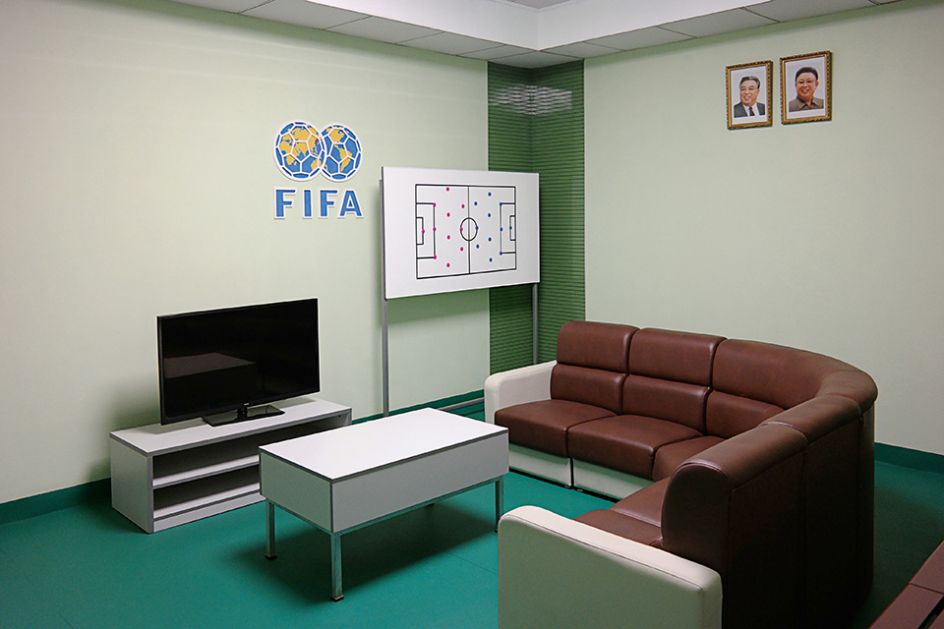
The recently renovated support rooms of the Rungrado May Day Stadium embody the essence of the current North Korean interior aesthetic, with their complementary colour schemes and synthetic, wipe-clean surfaces. Built in 1989 and used for the Mass Games performances for years, the stadium reopened in 2015 with a new football pitch and running track, as well as the optimistic addition of the FIFA and Olympic logos. Copyright: © Oliver Wainwright
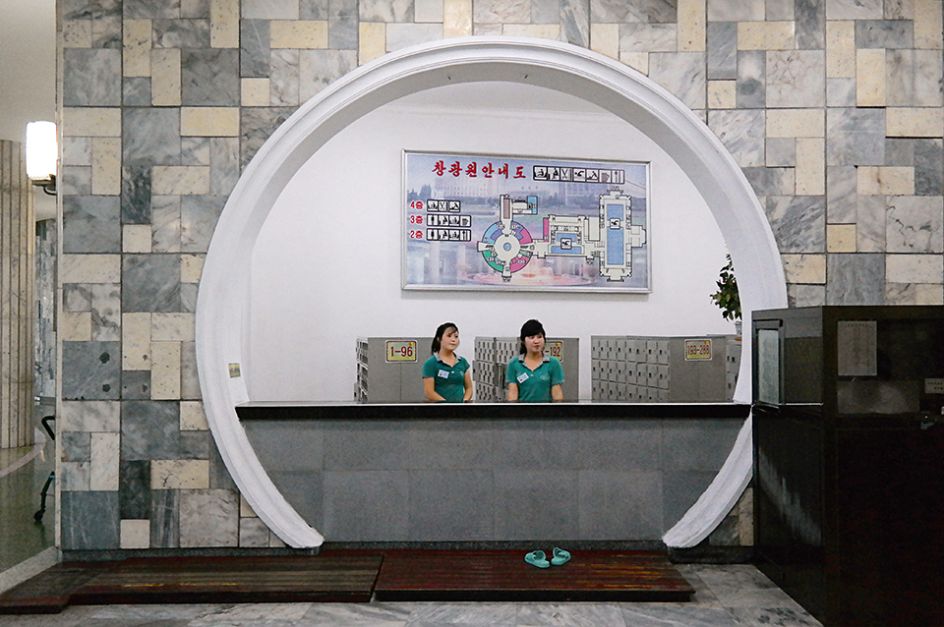
Changgwang Health and Recreation Complex Copyright: © Oliver Wainwright

















